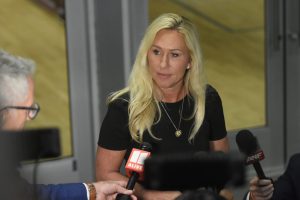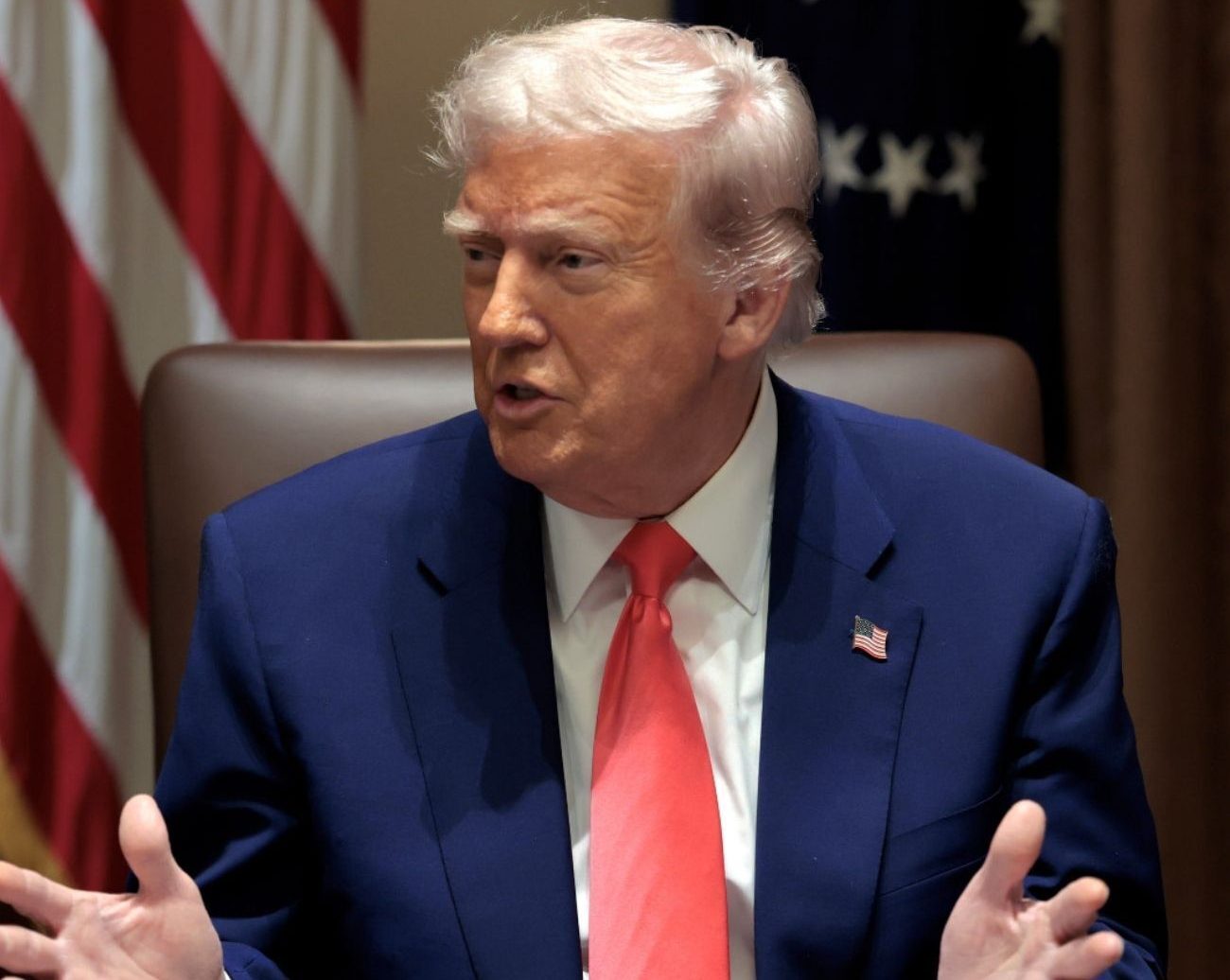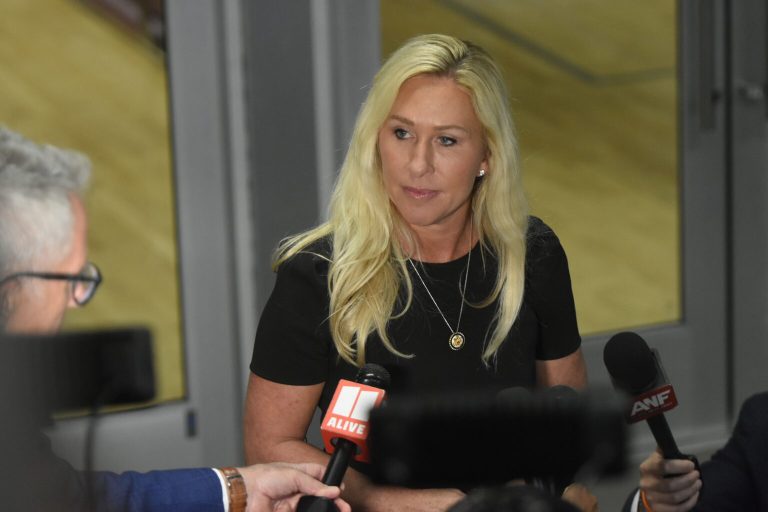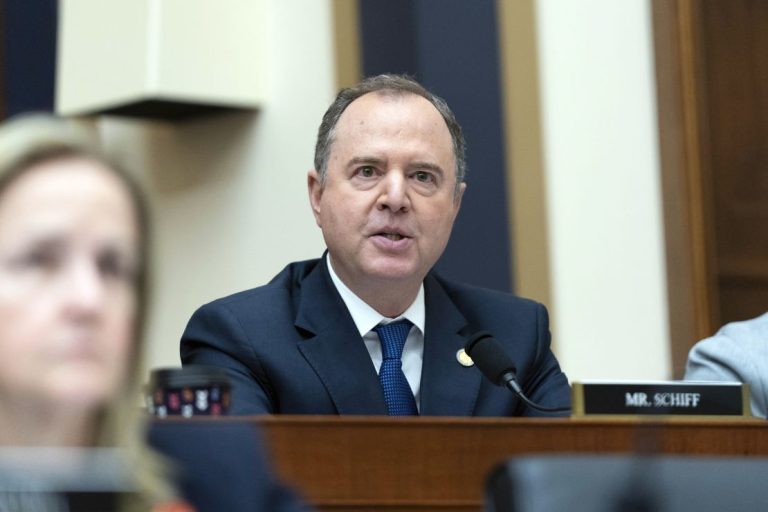The Federal Emergency Management Agency is bracing for major upheaval after its acting chief, David Richardson, abruptly announced he will step down at the end of hurricane season. His resignation closes a short but chaotic chapter for the crisis-response agency and raises fresh questions about how the Department of Homeland Security intends to reshape FEMA’s future.
Richardson, appointed earlier this year despite having no background in disaster management, submitted his resignation to the Department of Homeland Security (DHS) on Monday, offering just two weeks’ notice. Though DHS confirmed his departure publicly, multiple sources have indicated that plans were already underway to remove him from the role, according to reporting originally shared with CNN.
What began as an unusual appointment quickly devolved into months of controversy, internal discontent, and a pattern of missteps that left career FEMA officials alarmed—and ultimately led DHS to begin pulling back his authority.
A Controversial Appointment From the Start
Richardson’s rise to the top of FEMA was itself an unexpected development.
A former Marine combat veteran, martial arts instructor, painter, and previously the head of DHS’s Countering Weapons of Mass Destruction office, Richardson brought an eclectic résumé—but not one that included emergency management.
Despite this background gap, he was selected due to his loyalty to Homeland Security Secretary Kristi Noem. His appointment was widely viewed inside FEMA as part of a broader shift in which DHS began replacing seasoned emergency managers with politically aligned outsiders.
On his very first day, Richardson reportedly told staff that he alone spoke for the agency, adding that he would “run right over” anyone who got in his way. For many within FEMA, it was a warning sign of what would follow.
Several officials later described him as unpredictable, prone to angry outbursts, and dismissive of the agency’s established protocols. One employee even alleged he once questioned whether FEMA disaster funds could be steered toward Republican-leaning areas and withheld from Democratic ones—a startling suggestion that alarmed staff.
A Rocky Tenure and a Hurricane Season Filled With Missteps
The defining period of Richardson’s leadership coincided with hurricane season—the most critical time on FEMA’s calendar. And it began with one of the most head-turning moments of the year.
During a staff meeting in June, Richardson told employees he did not know the United States had a hurricane season. Though DHS later claimed the comment was a joke, multiple employees described it as yet another instance of his limited knowledge of the agency he was expected to lead.
That comment set the tone for a hurricane season marked by confusion, delayed communication, and growing friction between Richardson and senior DHS officials.
Soon, DHS began sidelining him. He was blocked from giving speeches at emergency-management conventions, excluded from leading hurricane-preparedness campaigns, and prevented from publicly discussing the administration’s plans to overhaul FEMA.
One DHS official put it bluntly: “Have you heard him speak? He does more damage than good.”
The Texas Floods: A Crisis and a Crucial Failure
Richardson’s most visible test came in July when devastating floods swept across Texas. Entire neighborhoods were underwater, first responders were overwhelmed, and FEMA’s coordination was urgently needed.
At that critical moment, the acting FEMA chief was on vacation.
According to officials, Richardson was unreachable for hours as the crisis unfolded. When pressed by lawmakers later, he insisted he had been monitoring developments from his truck and coordinating the response remotely.
But he did not appear publicly during the height of the disaster. He did not speak to affected communities. And he did not travel to Texas until more than a week later—well after President Donald Trump and Secretary Noem had toured the scene.
When he finally arrived, he showed up unannounced, wearing a straw hat and cowboy boots with no FEMA insignia. The optics baffled some and angered others.
Despite the criticism, Richardson maintained that the Texas response was “a model for how to respond to a disaster,” a claim that only intensified the backlash.
DHS Announces His Replacement as Internal Pressure Mounts
For months, DHS leaders watched Richardson alienate staff, restrict basic communication tools, and struggle to articulate the department’s vision for FEMA reform. He banned phones and laptops from internal meetings, avoided email nearly entirely, and reportedly kept his own phone secretive and out of sight.
Over time, DHS reassigned several of his close allies, installed administrators who circumvented him, and gradually limited his authority. By late fall, he was FEMA’s leader in name only.
The department has now announced that Karen Evans, a veteran of the Trump administration who recently stepped in as FEMA’s chief of staff, will take over the agency on December 1.
DHS issued a polite but pointed statement: “We thank Administrator Richardson for his dedicated service and wish him continued success in his return to the private sector.”
Richardson Defends Himself: “I Took the Job When Others Wouldn’t”
In a statement released Monday, Richardson made it clear he believes he stepped into a role few were willing to take.
“I agreed to be the acting administrator through hurricane season when others wouldn’t,” he said. “Hurricane season ends on December 1. Since the danger has largely passed, I can now leave for other opportunities. Many were asked. One raised his hand and said, ‘I’ll do it.’”
His defenders argue that he inherited a broken system and walked into a politically charged environment where internal resistance was inevitable.
His critics argue the opposite: that he was unprepared, unsuitable, and ultimately harmful to FEMA’s credibility.
A Deeper Power Struggle: DHS Tightens Its Grip on FEMA
Richardson’s tenure highlights a broader transformation inside FEMA—one driven not by natural disasters but by political realignment.
In recent years, DHS has steadily expanded its control over the agency, replacing experienced emergency-management leaders with political appointees more aligned with the department’s leadership. Richardson’s predecessor, Cameron Hamilton, was fired for resisting DHS proposals to reduce or even eliminate key parts of FEMA’s structure.
Hamilton did not mince words when speaking about Richardson: “He never should have been there to begin with. The two words I’d use to describe him are unprofessional and overwhelmed.”
As Evans steps in, FEMA faces both an identity crisis and a structural one. Will the agency return to being led by seasoned disaster experts? Or will DHS continue its push for tighter political control?
The answer could shape how America responds to disasters for years to come.
What Comes Next for FEMA?
Richardson’s exit will not stop the sweeping reforms already in motion. And with hurricane season ending, DHS may use this transition window to push further changes.
For FEMA staff, morale is already fragile. Many fear the erosion of expertise at the agency. Others welcome a reset after a turbulent few months.
What is clear is that FEMA’s leadership vacuum arrives at a precarious moment. Extreme weather is becoming more frequent and more destructive, and long-term disaster planning requires stability, competence, and deep institutional knowledge.
The coming months will reveal whether the agency regains its footing—or whether political turbulence will continue to overshadow its mission.

Emily Johnson is a critically acclaimed essayist and novelist known for her thought-provoking works centered on feminism, women’s rights, and modern relationships. Born and raised in Portland, Oregon, Emily grew up with a deep love of books, often spending her afternoons at her local library. She went on to study literature and gender studies at UCLA, where she became deeply involved in activism and began publishing essays in campus journals. Her debut essay collection, Voices Unbound, struck a chord with readers nationwide for its fearless exploration of gender dynamics, identity, and the challenges faced by women in contemporary society. Emily later transitioned into fiction, writing novels that balance compelling storytelling with social commentary. Her protagonists are often strong, multidimensional women navigating love, ambition, and the struggles of everyday life, making her a favorite among readers who crave authentic, relatable narratives. Critics praise her ability to merge personal intimacy with universal themes. Off the page, Emily is an advocate for women in publishing, leading workshops that encourage young female writers to embrace their voices. She lives in Seattle with her partner and two rescue cats, where she continues to write, teach, and inspire a new generation of storytellers.









